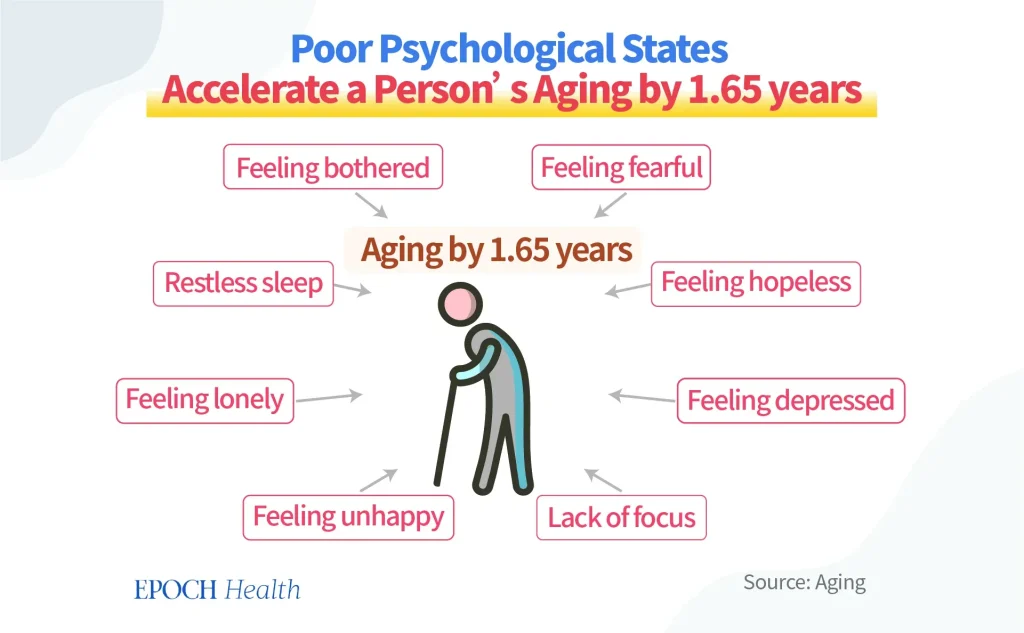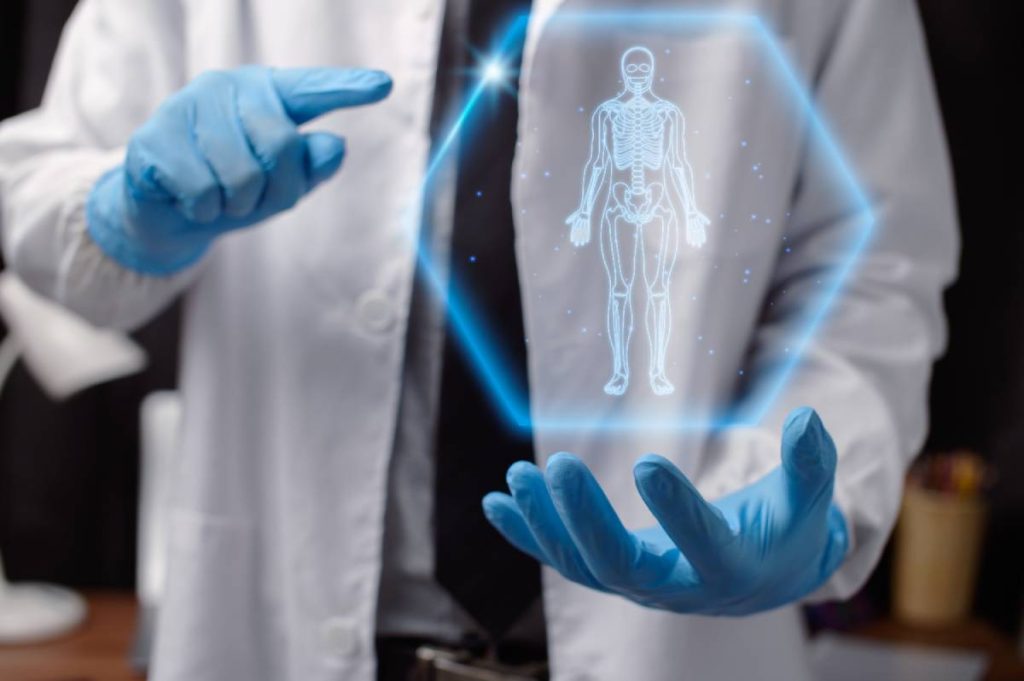Accelerated aging has emerged as a significant concern as new research reveals that the aging process doesn’t merely unfold gradually throughout the human lifespan; instead, it can take a dramatic turn around the age of 50. During this crucial period, various organs and tissues, particularly blood vessels, begin to show pronounced signs of aging due to “substantial proteomic remodeling.” These findings, derived from extensive analysis of 13 different tissues over five decades, highlight how accelerated organ aging poses increased disease risks. The implications of these discoveries are profound, paving the way for targeted interventions for aging that could significantly prolong health and vitality. By understanding the mechanisms that underlie accelerated aging, we can better prepare for the challenges associated with the aging process and potentially extend the human lifespan.
The phenomenon of rapid senescence, commonly referred to as accelerated aging, signifies a pivotal shift in how we understand the aging process. This turning point highlights that bodily systems, particularly vital organs, exhibit increasing sensitivity as they age, especially within the cardiovascular and connective tissue domains. With advancements in research, scientists are now investigating strategies and interventions for aging that could mitigate the adverse effects on organ aging and enhance overall health. By examining the variations in human life stages and the corresponding biological changes, we delineate a clearer picture of how we might counteract the aging process effectively. Emphasizing the interconnectedness of organ health and lifespan can foster innovative approaches to age management and improved longevity.
Understanding Accelerated Aging: What the Research Reveals
Recent studies have unveiled critical insights into the aging process, particularly emphasizing the phenomenon of accelerated aging. Researchers have identified a pivotal age—around 50—when the deterioration of tissues and organs begins to speed up significantly. This accelerated aging can have profound implications on various bodily functions and potentially elevate disease risk. Data gathered from a large-scale analysis involving 516 tissue samples indicate that organs such as the blood vessels are particularly susceptible during this transition, marking a critical juncture in the human lifespan.
The implications of accelerated aging extend beyond mere observation; they pave the way for early interventions aimed at combating the adverse effects of the aging process. Understanding the specific changes that occur in organs during this time can help in designing targeted therapies. For example, medical professionals may consider beginning preventive measures or monitoring strategies around the age of 50 to mitigate risks associated with aging blood vessels and other affected organs.
The Key Role of Blood Vessels in Organ Aging
Blood vessels play a crucial role in the overall aging of the human body, serving as both indicators and contributors to the aging process. Research has shown that blood vessels exhibit some of the earliest signs of aging, particularly around the age of 50. This sensitivity to aging stems from their structural and functional changes, which can lead to compromised blood flow and increased vulnerability of other organs. Understanding how blood vessels age helps researchers develop a broader perspective on the systemic nature of aging.
As blood vessels change, they release proteins that significantly influence the aging process across the body, thereby underlining their importance in systemic health. This integrative view of aging suggests that focusing on vascular health could lead to improvements in overall longevity and quality of life. With targeted interventions aimed at enhancing blood vessel health, there may be an opportunity to slow down accelerated organ aging effectively.
Proteomic Remodeling: A Clue to Interventions for Aging
The concept of substantial proteomic remodeling during the aging process has emerged as a vital research area. Between the ages of 45 and 55, significant changes in protein composition occur in various tissues, including the aorta, which is crucial for cardiovascular health. This remodeling is indicative of the body’s adaptive mechanisms in response to aging, but it can also highlight vulnerabilities that can be exploited for therapeutic interventions. By understanding these proteomic changes, researchers can identify critical biomarkers that signal when and how to initiate interventions for aging.
Conducting research focused on proteomic changes in aging tissues allows scientists to pinpoint specific molecular targets for new treatments. For instance, therapies that address the proteomic shifts observed in aging blood vessels could lead to more effective management of age-related diseases. Such interventions could not only alleviate symptoms but also prolong healthy years, enhancing the human lifespan and improving quality of life in older adults.
A Systems-Level Perspective on Aging
Viewing aging as a systems-level process is rapidly gaining traction in scientific research. Instead of perceiving aging as something that primarily affects individual organs, recent studies suggest that it is a complex, interconnected phenomenon involving various systems in the body. This perspective allows researchers to approach aging holistically, recognizing how different tissues and organs impact one another throughout the aging process. As researchers continue to gather and analyze tissue samples from various organs, they can develop a more comprehensive view of how different bodily systems contribute to aging.
Such a systems-level understanding has significant implications for future research and the development of innovative interventions. By correlating findings from different organ systems, researchers can better predict age-related changes that may arise from one aspect of the body affecting another. This approach not only enhances our understanding of the aging process but also opens up avenues for designing effective treatment protocols that consider the entire body, thus improving health outcomes for aging individuals.
Interventions for Aging: Strategies to Mitigate Risks
The quest for effective interventions for aging is increasingly vital as populations age worldwide. Early identification of the signs of accelerated aging, particularly around the age of 50, presents a unique opportunity to implement preventive strategies. This can encompass lifestyle changes, medical therapies, and targeted health screenings that focus on monitoring critical areas such as blood vessel health and organ functionality. By addressing these early warning signs, individuals can take proactive steps toward managing their health as they age.
Moreover, the development of interventions based on recent findings related to protein changes in aging tissues holds promise for more personalized approaches to aging. As patients gain knowledge about their own aging processes, healthcare providers can tailor interventions that suit individual needs, ultimately enhancing their quality of life during the aging journey. Whether through lifestyle adaptations—such as improved diet and exercise regimens—or pharmaceutical advancements targeting specific aging-related changes, the goal remains to mitigate the risks associated with accelerated organ aging.
Organ Aging: Insights from Recent Research
Organ aging is a complex process that has been illuminated by recent research endeavors. Findings from studies that analyzed numerous tissue samples indicate that various organs begin to exhibit signs of aging at different rates, with notable acceleration observed in blood vessels around the age of 50. Such insights paint a clearer picture of how our bodily systems respond to aging and how these responses can vary profoundly between individuals. The vulnerability of certain organs to aging is a critical concern that can inform medical practice.
Understanding the nuances of organ aging is essential not only for anticipating potential health issues but also for crafting effective treatment strategies. As insights into the aging process reveal the interconnectedness of various organ systems, researchers and medical professionals are positioned to develop comprehensive treatment plans that account for this complexity. This integrated approach could significantly enhance the effectiveness of interventions to treat age-associated diseases, ultimately improving patient outcomes as they age.
The Importance of Collaborative Aging Research
Collaborative research efforts are crucial in advancing our understanding of the aging process, particularly in terms of accelerated aging and its implications. By pooling data and insights from different disciplines, researchers can gain a more holistic view of how aging impacts multiple organ systems. This collective knowledge is invaluable when addressing the aging process, as it highlights the interconnectedness of various factors, such as genetics, environment, and lifestyle that contribute to how individuals age.
Moreover, collaboration fosters innovation in developing treatments and interventions for aging-related issues. Interdisciplinary partnerships can lead to breakthroughs that would be difficult to achieve within isolated research domains. For example, when researchers from genetics, biochemistry, and geriatrics collaborate, the potential for creating effective therapeutic interventions increases significantly, helping to pave the way for novel solutions to combat accelerated aging.
Future Directions in the Study of Human Lifespan
The study of human lifespan and the aging process continues to evolve as new methodologies and technologies emerge. Future research will likely delve deeper into understanding the biological mechanisms underlying accelerated aging, with an emphasis on identifying specific biomarkers that indicate the onset of age-related changes in various tissues. This will not only advance scientific knowledge but also offer critical insights needed to underpin preventive healthcare strategies for aging populations.
Furthermore, as researchers continue to unravel the complexities of aging, the focus will expand to include the development of personalized medicine approaches tailored to individual aging profiles. This individualized care model could revolutionize how we approach interventions for aging, allowing healthcare providers to address each patient’s unique needs effectively. As the body of knowledge grows about the aging process, it becomes increasingly clear that proactive strategies and innovations will be key to enhancing the quality and longevity of human lifespans.
Frequently Asked Questions
What is accelerated aging and how does it relate to the aging process in humans?
Accelerated aging refers to a faster decline in the physiological functions and structures of the body, particularly observed in humans around the age of 50. Research indicates that at this age, various organs start to age more rapidly, highlighting a crucial turning point in the aging process.
How does organ aging contribute to accelerated aging in humans?
Organ aging plays a significant role in accelerated aging, particularly in blood vessels, which are among the first to show signs of aging. As tissues experience substantial proteomic changes between ages 45 and 55, this can lead to increased vulnerability to age-related diseases, marking a systemic impact on overall health.
What interventions for aging can help mitigate accelerated organ aging risks?
Early targeted interventions for aging, particularly focusing on the health of blood vessels, could reduce the risks associated with accelerated organ aging. These may include lifestyle changes, medical treatments, and advances in biotechnology aimed at preserving tissue integrity and function as we age.
What role do blood vessels play in the accelerated aging process?
Blood vessels are critically affected by accelerated aging due to their susceptibility to damage as we age. They release proteins that influence the aging process throughout the body, making them pivotal in understanding how accelerated aging affects overall health and longevity.
How does the aging process change between ages 45 and 55?
The aging process exhibits significant changes between ages 45 and 55, characterized by substantial proteomic remodeling in various tissues, particularly in the aorta. This period marks an acceleration in organ aging, particularly impacting the cardiovascular system and increasing susceptibility to age-related conditions.
Can understanding accelerated aging improve human lifespan outcomes?
Yes, understanding accelerated aging can lead to better interventions that may improve human lifespan outcomes. By correlating tissue profiles and focusing on early assessments, researchers can develop strategies to counteract the effects of accelerated organ aging and enhance longevity.
| Key Point | Details |
|---|---|
| Turning Point of Aging | Aging accelerates around the age of 50, with organ and tissue aging speeding up. |
| Research Study | Study involving 516 samples from 13 human tissues over five decades. |
| Tissue Vulnerability | Significant aging occurs particularly in blood vessels, starting from about 50. |
| Proteomic Changes | Substantial proteomic remodeling is observed in tissues between ages 45 and 55. |
| Holistic Aging Approach | Aging should be viewed as a systemic process affecting multiple organs, not isolated. |
| Intervention Potential | Findings could guide early interventions to mitigate accelerated organ aging. |
Summary
Accelerated aging begins around the age of 50, as research indicates a significant surge in the aging process of tissues and organs. This study highlights critical insights into how aging can impact various systems in the body, particularly blood vessels, which are the most vulnerable. By understanding these accelerated aging patterns, medical professionals can implement early and targeted interventions, ultimately aiming to improve health outcomes and decrease the risk of age-related diseases.



